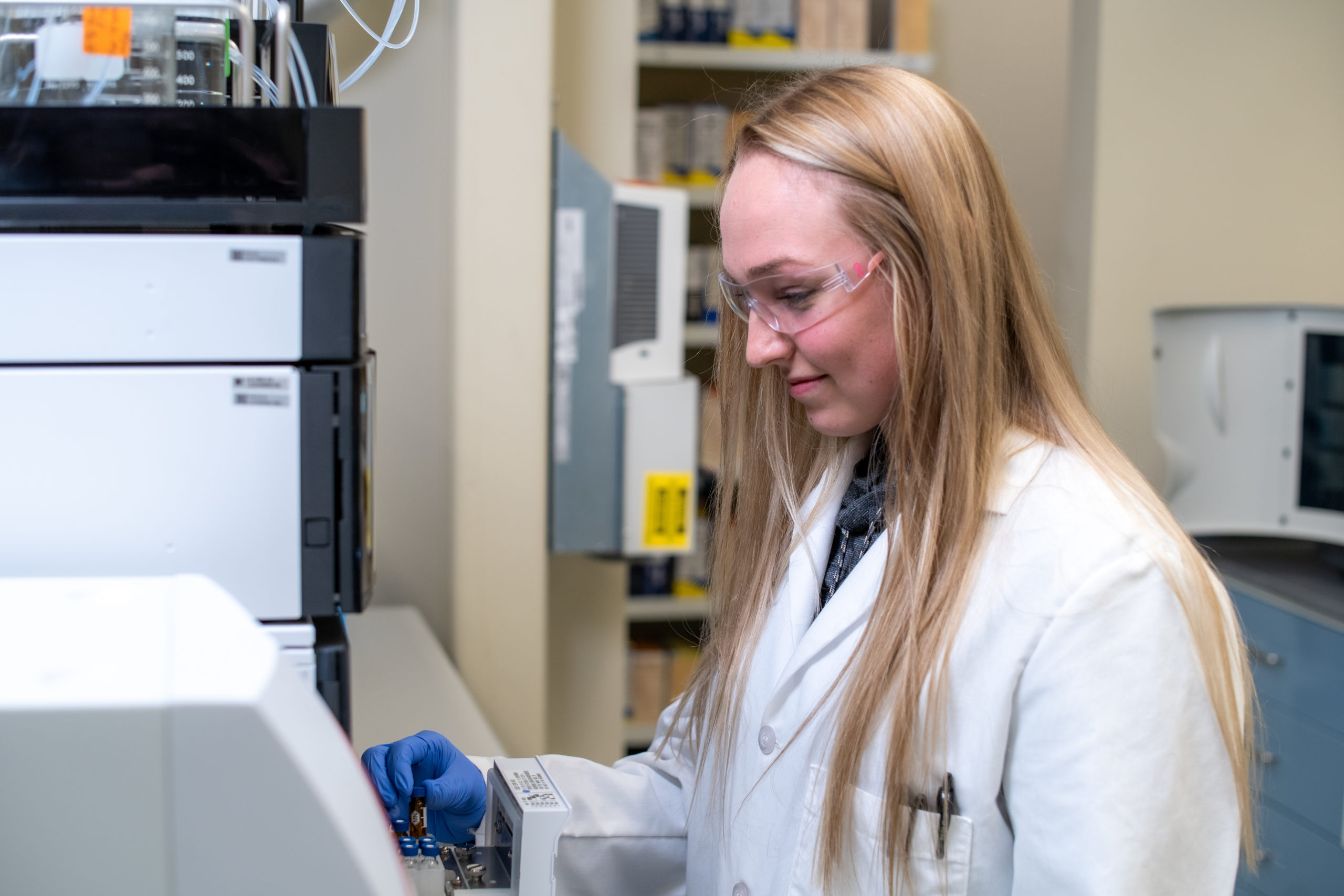-Services-
Consumer Product Safety Testing
Prohibited and Restricted Substances in the Home, Beauty, and Personal Care Market
Throughout the supply chain, the introduction of “harmful chemicals” or “substances of concern” must be controlled and where possible, eliminated. Through the introduction of regulations such as California’s Prop 65, the European Union’s REACH initiative and the concerns related the potential health effects of BPA and Phthalates, the market has become more highly regulated, a complex situation for companies to navigate through. Manufacturers, distributors, and importers of personal care and beauty products must satisfy the regulations and guidelines for the control of contaminants and ingredients in products which are documented in both European and US guidelines.
The detection of Benzene in Consumer Products
Prohibited substances, or substances of concern such as benzene, when detected in personal care products can quickly lead to recalls and loss of image and thus become costly for the manufacturer.
Other Substances of Concern in Consumer Products include:
- Benzene (and other residual solvents)
- Nitrosamines
- Fluoride
- Fragrances
- Heavy metals incl. determination chromium (VI) & nickel
- Plasticizers (phthalates)
- Preservatives
- Polycyclic aromatic hydrocarbons (PAHs)
- Quaternary ammonium compounds (MEA/DEA/TEA)
- Parabens
- Triclosan
- Benzalkonium Chloride
- SLS/SLES
- Acrylic Acid Polymers
- Formaldehyde Carriers
- Chlorine Bleach
- Phenoxyethanol
- 2-Butoxyethanol
- Alcohol
- Optical Brighteners
- Phosphates
Accordingly, consumer products must be tested for these compounds. Benzene contaminations have been found in the following consumer products:
- Dry shampoo and conditioner sprays
- Cosmetics
- Deodorants
- Sunscreen
- Aerosols
- Sanitizers
Substances of concern like benzene can be present in raw materials. The presence of these unsafe substances can quickly lead to product recalls. If consumer products contain these substances or too much of them, they are considered unfit for sale. Impact Analytical and the sister labs of Element Materials Technology use the latest in Liquid and Gas Chromatography to determine contaminant levels to the low PPB levels.

The Health Effects of Benzene in Consumer Products
Benzene is carcinogenic to humans according to the International Agency for Research on Cancer (IARC), the Department of Health and Human Services National Toxicology Program (NTP), the FDA, and the US Environmental Protection Agency (EPA.) Exposure to benzene can cause Leukemia along with numerous other diseases like Thrombocytopenia, Anemia, Pancytopenia, neurological abnormalities and Hepatitis B.
The United States Food and Drug Administration (FDA) defines benzene as safe at no more than 2 parts per million (ppm) in drug products. The EPA has established a maximum allowable level (MCL) for benzene in drinking water of 5 ppb. FDA has adopted EPA’s MCL for drinking water as an allowable level for bottled water.
Benzene has been found in consumer products like sunscreen, after-sun care lotions, and hand sanitizers. Popular brands were identified recently as having harmful levels of benzene in their aerosol sunscreens after testing resulting in voluntary recalls. Multiple brands of hand sanitizer have also been identified with levels of benzene beyond 2 ppm described as safe by the FDA, as well as personal care products like spray deodorants. There have been many other aerosol personal care products such as dry hair shampoos and conditioners that have been caught with benzene contamination.
Advanced Analytical Techniques
Using highly sensitive LC, ICP and GC equipment, chemical residues can be determined and compared with an extensive database in our laboratories.
Methods used for residue analysis at Impact Analytical include:
-
- HPLC: High Performance Liquid Chromatography is a method that separates, identifies, and quantifies each component that makes up a mixture.
- LC-MS: Liquid chromatography-mass spectrometry is an analytical chemical method known for its sensitivity. It uses HPLC techniques to test selected classes of chemicals and is capable of separating mixtures and testing for each individual component with great precision, detecting even the smallest traces.
- GC-MS: Gas chromatography-mass spectrometry is a method used to separate volatile organic compounds. It is capable of detecting trace compounds and is used to detect residues or allergens.
- MS/MS: Tandem mass spectrometry is a method in which two mass spectrometers are coupled with an additional reaction step to increase their accuracy and reliability when testing chemical samples. This multi-method approach is commonly used to analyze biomolecules such as proteins and peptides and ultra-low chemical contaminants.
Why Choose Impact Analytical for Your Benzene Testing?
Impact Analytical has experience in developing and validating methods defensible to the FDA. Using the techniques listed above we can identify trace impurities in consumer products. We have the experience and knowledge to meet the needs of our customers, developing cost-effective procedures to get your product to market. Please contact us today to find out more about our methodology and how we can help!
Ready to Get Started?
Give us a call and speak with an actual scientist.

